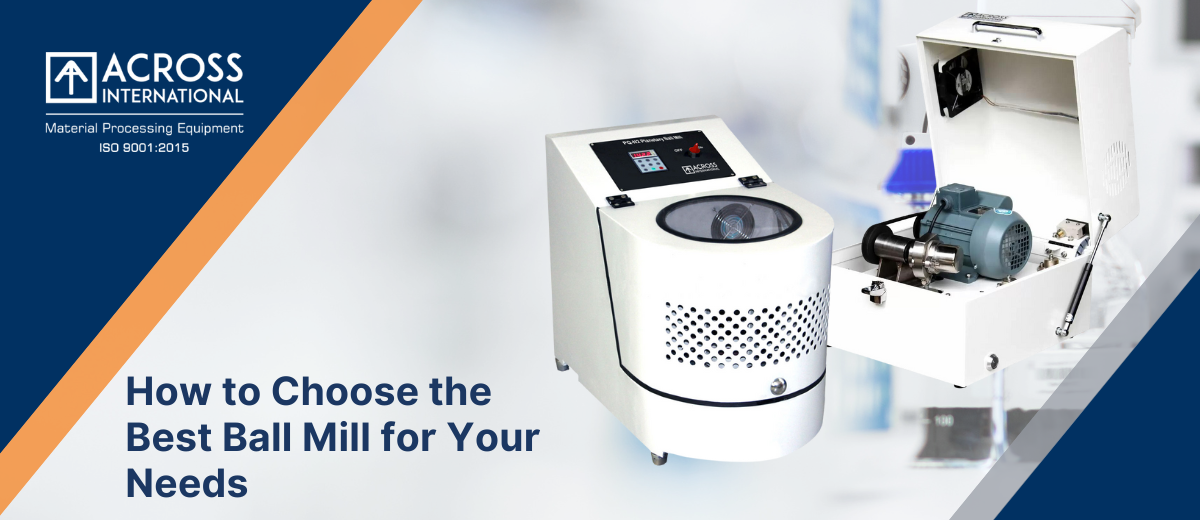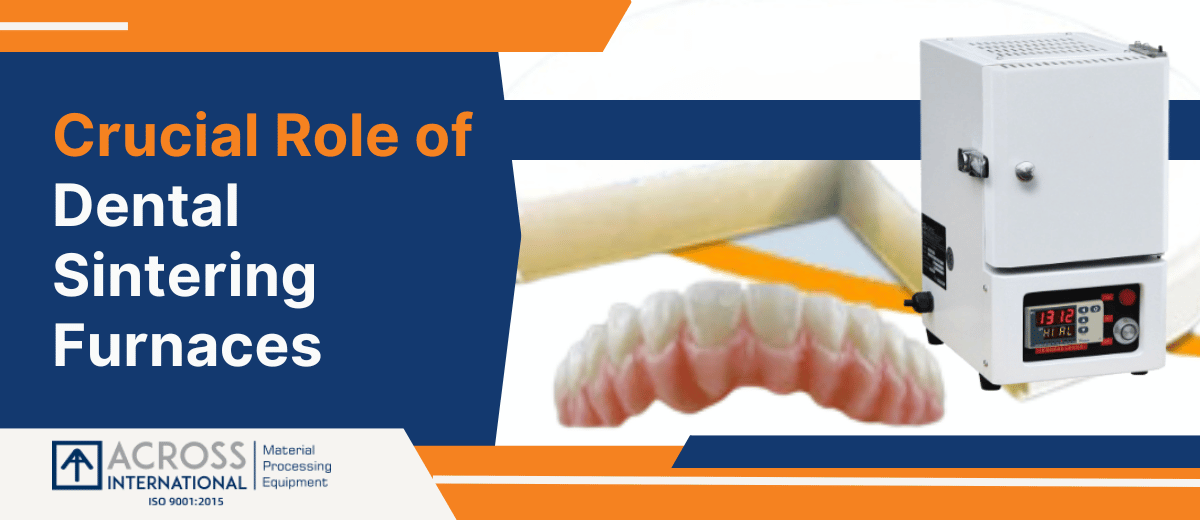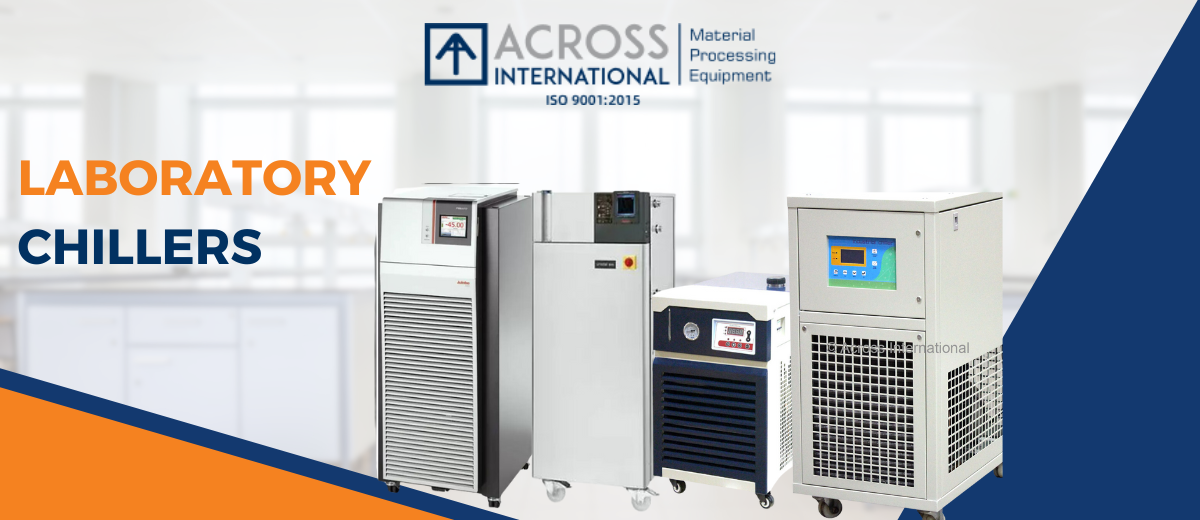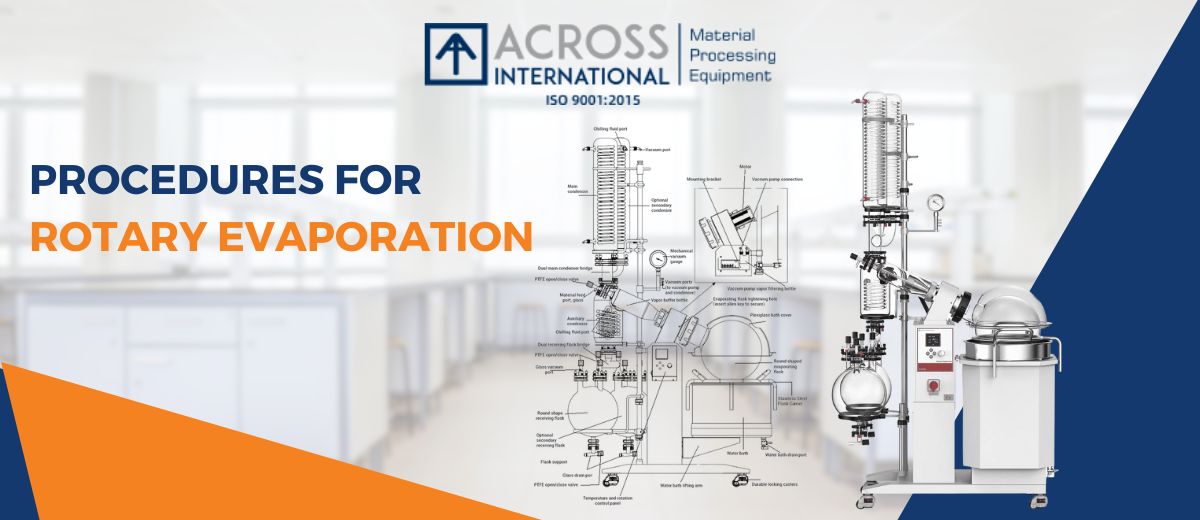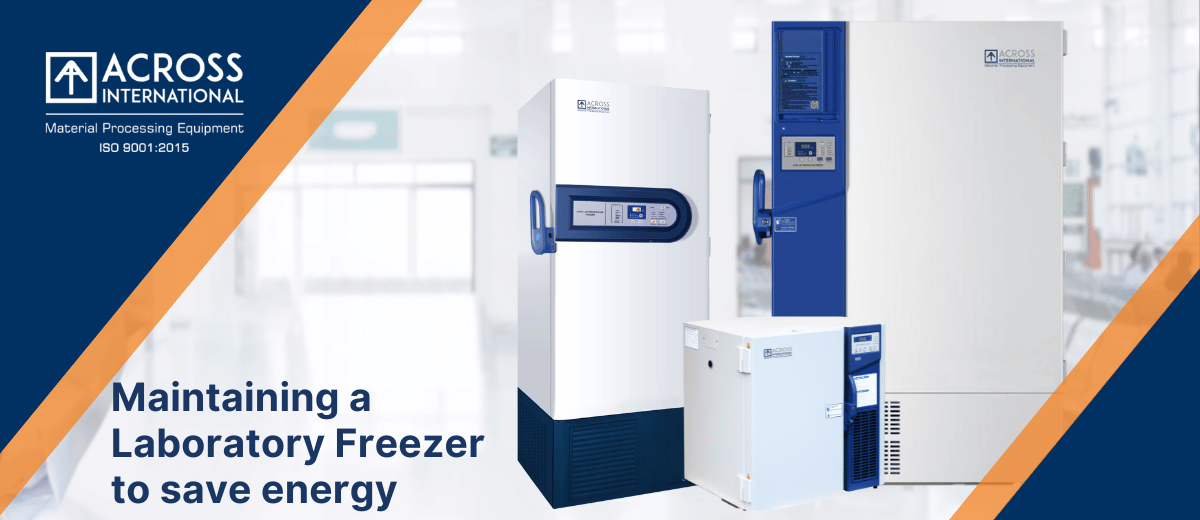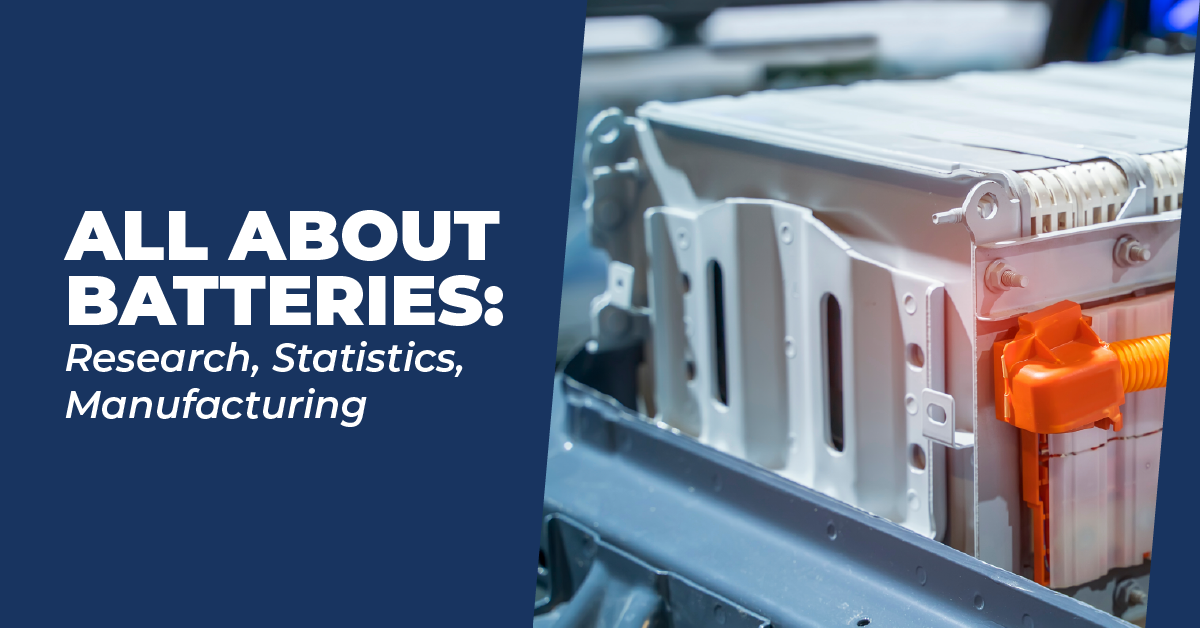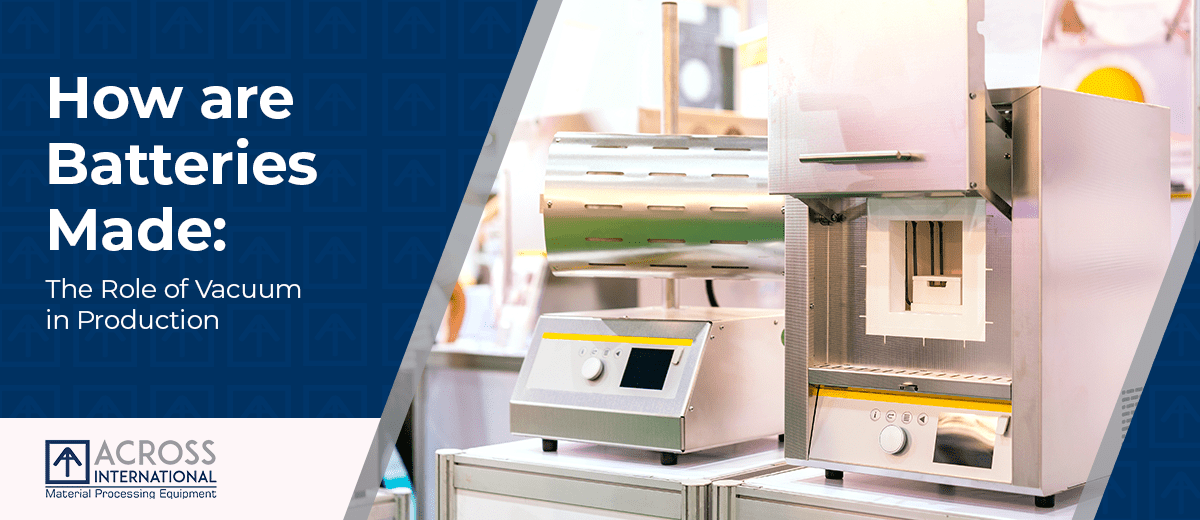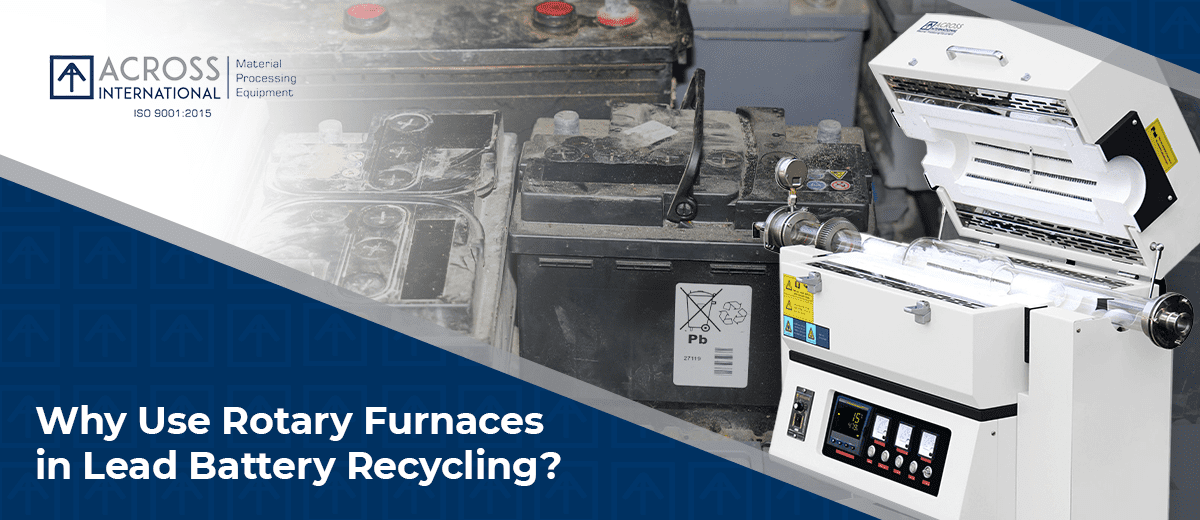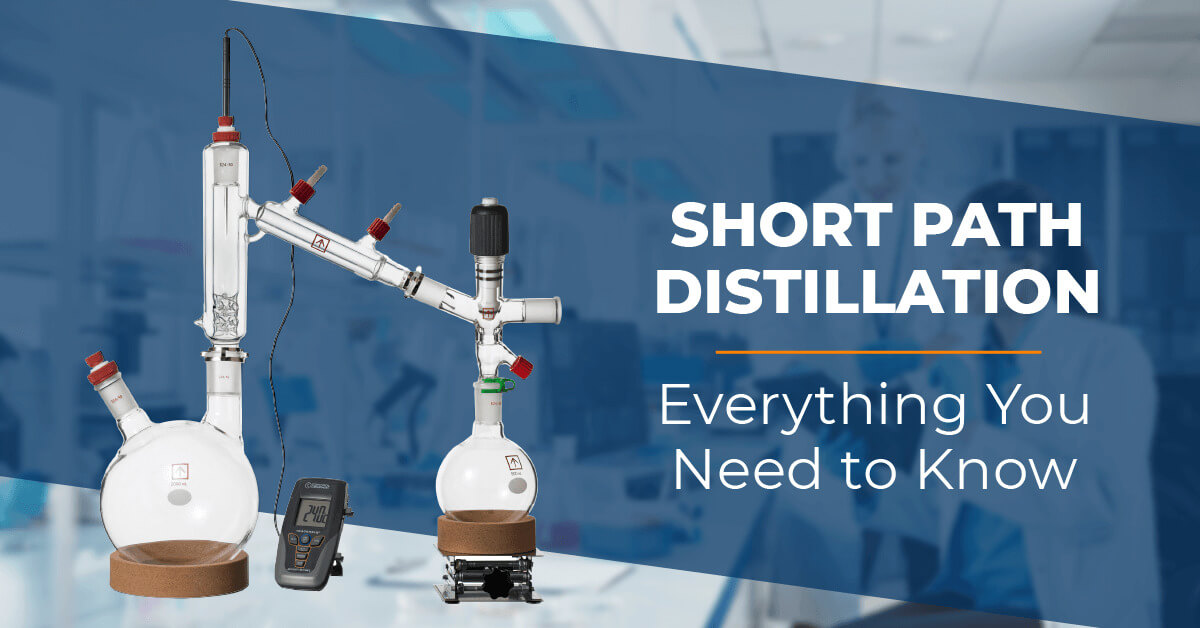We use cookies to make your experience better. To comply with the new e-Privacy directive, we need to ask for your consent to set the cookies. Learn more.
Heat Treatment process in the research Lab
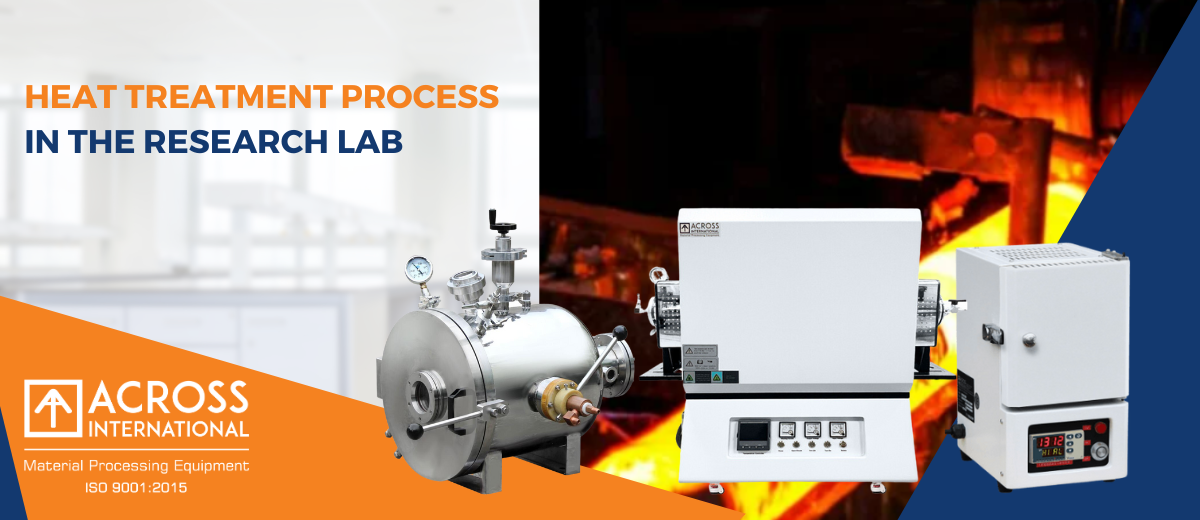
The heat treatment process for the research industry is like the heat treatment process for other industries, but it may require more specialized equipment and greater control over the process parameters. This is because researchers are often developing new materials and processes, and they need to be able to precisely control the heat treatment process to produce the desired results.
The following is a general overview of the heat treatment process for the research industry:
Sample preparation: The first step is to prepare the sample for heat treatment. This may involve cleaning the sample, cutting it to the desired size and shape, and polishing the surface.
Heating: The sample is then heated to the desired temperature. This can be done in a variety of different ways, such as using a furnace, a salt bath, or a laser.
Holding: The sample is held at the desired temperature for a specific period of time. This is known as the soak time. The soak time is important for ensuring that the heat treatment process is uniform throughout the sample.
Cooling: The sample is then cooled to room temperature. This can be done in a variety of different ways, such as quenching in water or oil, or cooling slowly in air.
The specific heat treatment process used will vary depending on the type of material being treated and the desired results. For example, some materials may require multiple heating and cooling cycles. Other materials may require to be held at a specific temperature for a long period of time.
The following are some examples of heat treatment processes that are commonly used in the research industry:
Annealing: Annealing is a process that is used to soften and relieve stress in materials. Annealing is typically done by heating the material to a high temperature and then slowly cooling it.
Hardening: Hardening is a process that is used to increase the hardness and strength of materials. Hardening is typically done by heating the material to a high temperature and then quenching it in a cold liquid.
Tempering: Tempering is a process that is used to reduce the hardness and brittleness of hardened materials. Tempering is typically done by heating the hardened material to a lower temperature and then slowly cooling it.
Heat treatment is an essential tool for researchers in many different fields, including materials science, engineering, and chemistry. Heat treatment can be used to improve the properties of a wide range of materials, such as metals, ceramics, polymers, and composites.
Here are some examples of how heat treatment is used in the research industry:
* Researchers are using heat treatment to develop new materials with improved strength, toughness, and corrosion resistance.
* Heat treatment is also being used to develop new materials with unique electrical and magnetic properties.
* Heat treatment is also used to study the behavior of materials under different conditions, such as high temperature and high pressure.
The research industry is constantly developing new and innovative heat treatment processes. This research is leading to the development of new materials with improved properties that can be used in a wide range of applications.
The following is a list of some of the most common equipment used in thermal heat treatment:
Furnaces: Lab Tube Furnaces are used to heat materials to a specific temperature. There are many different types of furnaces, depending on the application. Some common types of furnaces used in thermal heat treatment include:
Muffle furnaces: Muffle furnaces are used to heat a batch of material at a time. Muffle furnaces can be heated using a variety of different energy sources, including electricity, gas, and oil.
Vacuum furnaces: Vacuum furnaces are used to heat materials in a vacuum environment. This is useful for preventing oxidation and other reactions that can occur in the presence of air.
Temperature controllers: Temperature controllers are used to control the temperature of furnaces and other heat treatment equipment. This is important to ensure that the materials are heated to the correct temperature and that the heat treatment process is consistent.


